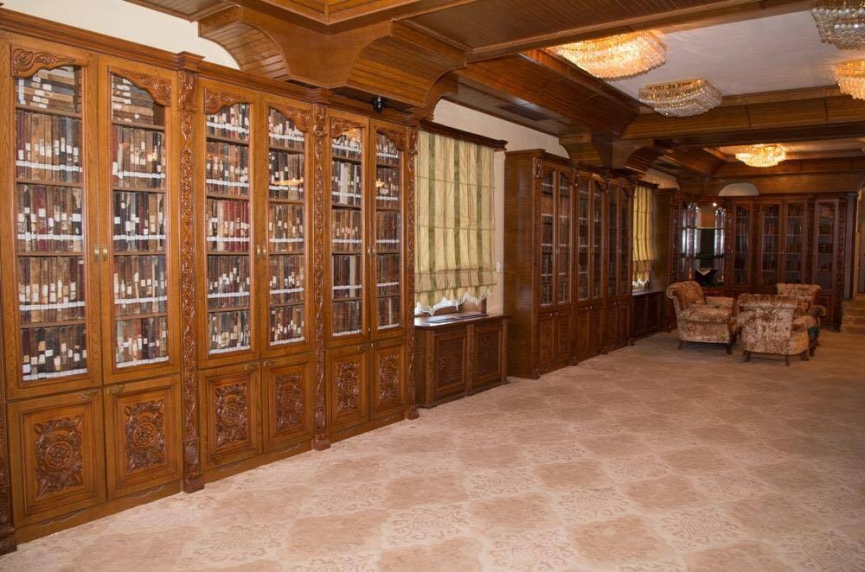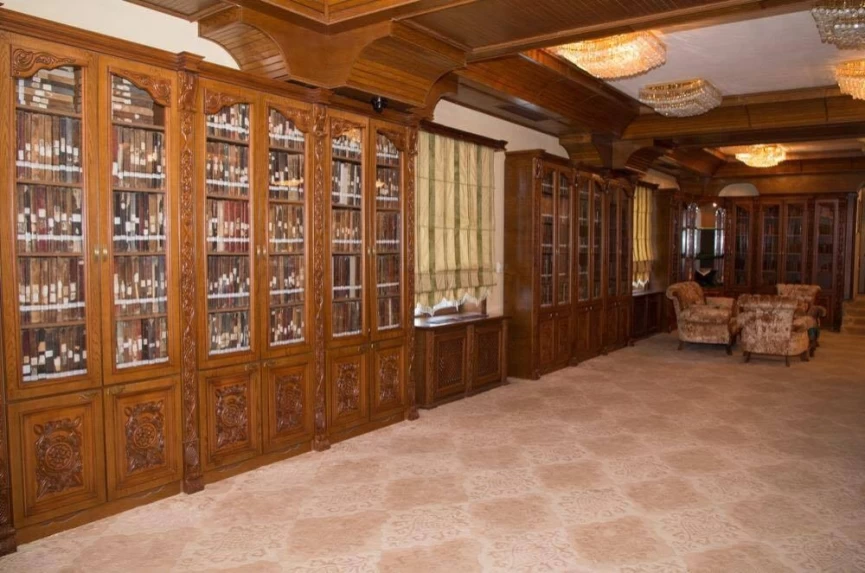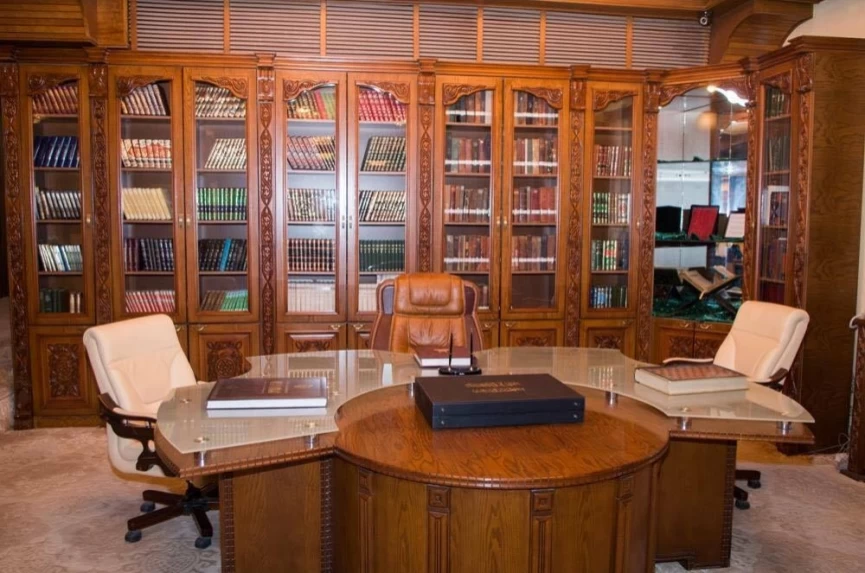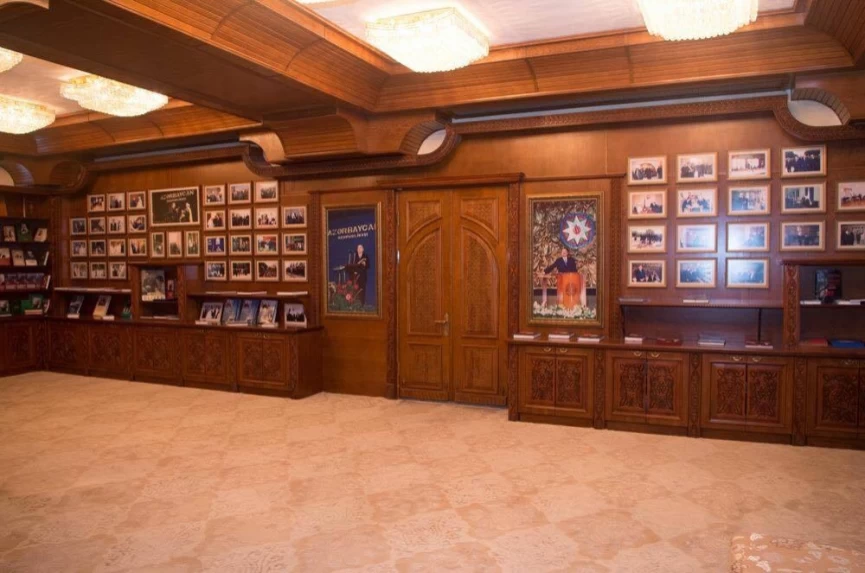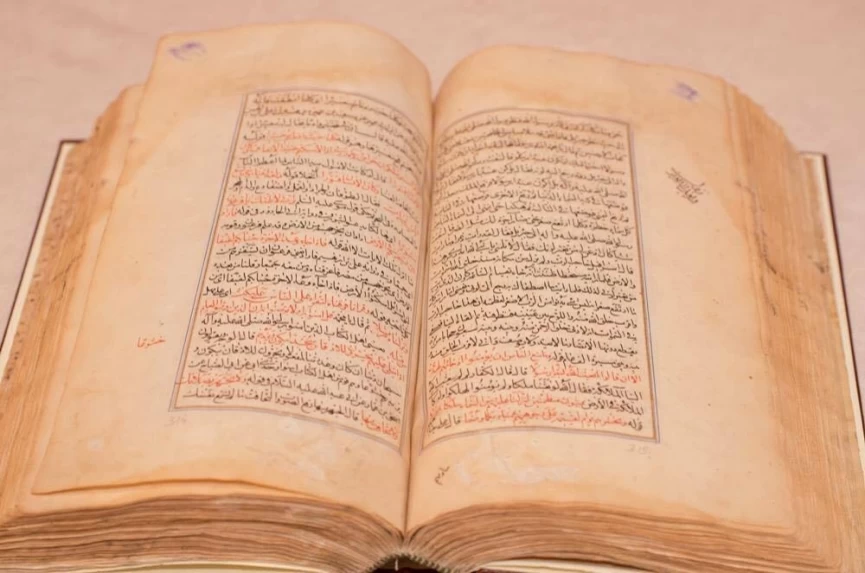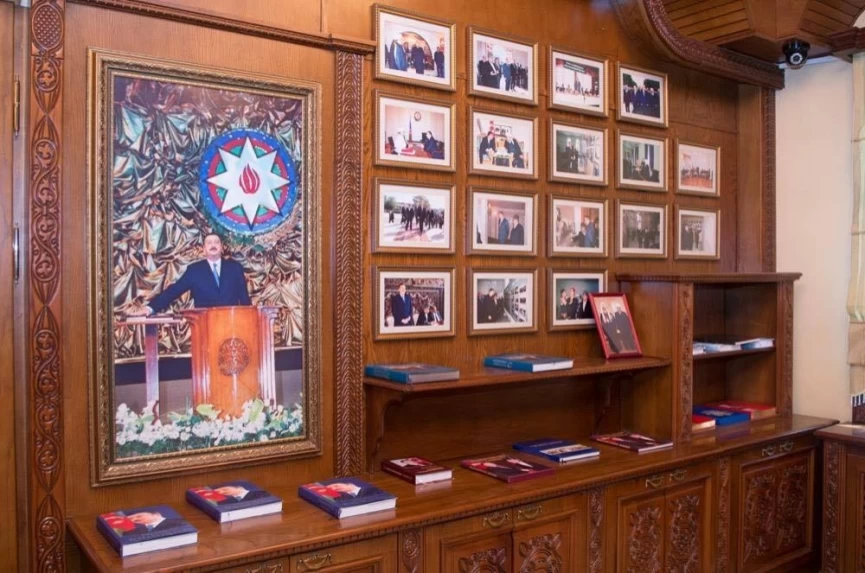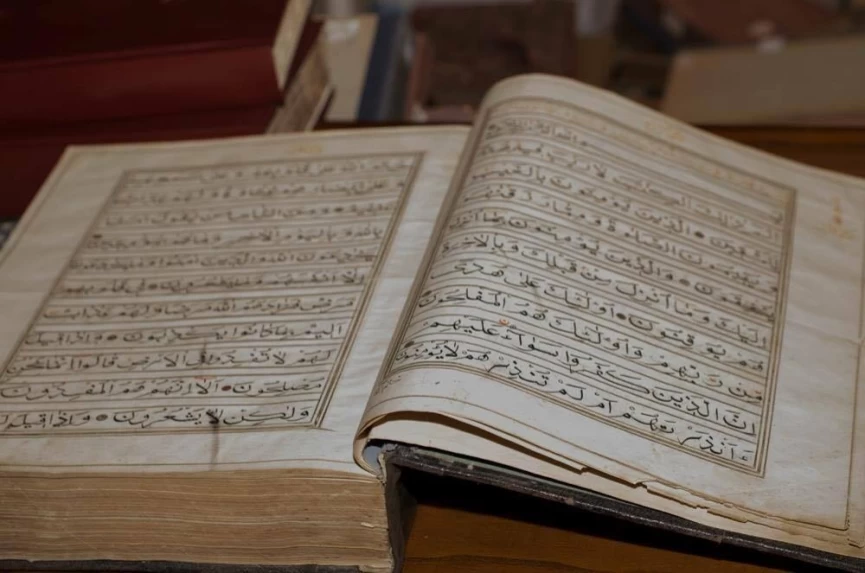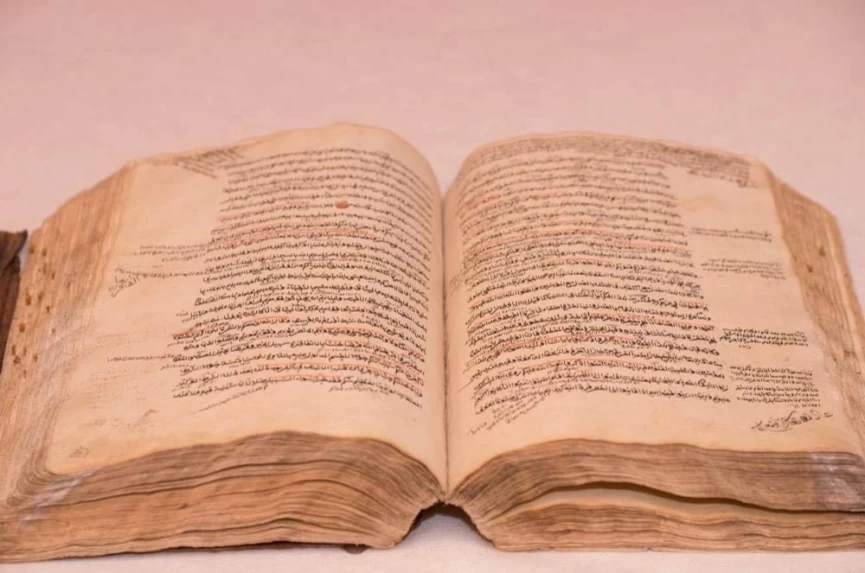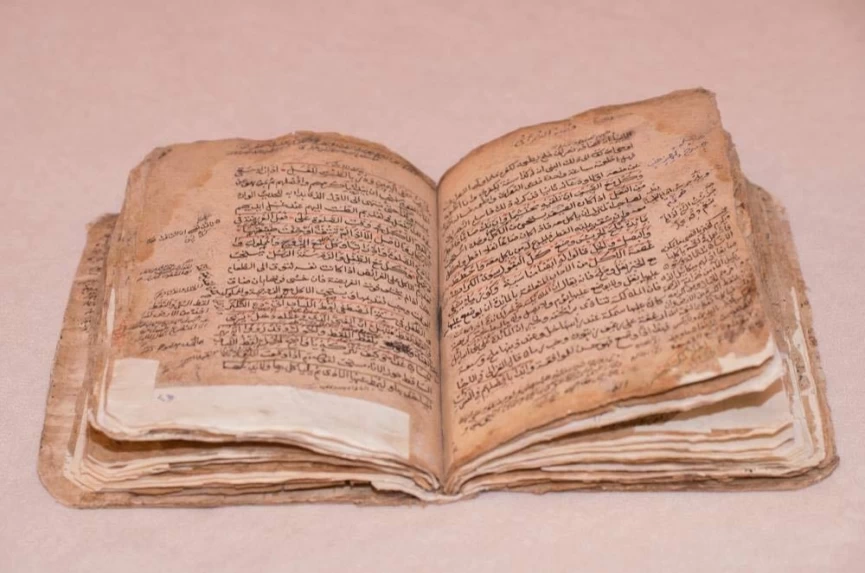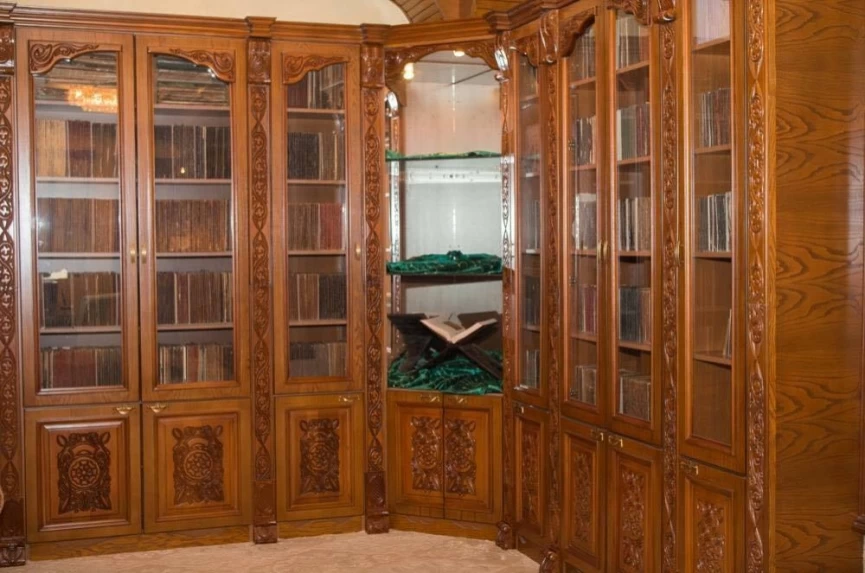Historical Background of the Caucasus Muslims Board Library
After the Treaty of Turkmenchay was signed between Russia and Iran in 1828, a part of the historical lands of Azerbaijan became part of the events unfolding within the Russian Empire. The government, aiming to win over and subjugate Muslim religious figures, decided to establish an Islamic religious institution similar to the church structure in Christianity. Finally, on April 5, 1872, Tsar Alexander II signed the "Statute on the Administration of Shia and Sunni Mohammedan Clergy of Transcaucasia." The Transcaucasian Muslim Spiritual Board, which was officially inaugurated on January 2, 1873, operated in Tbilisi until the February Bourgeois-Democratic Revolution of 1917.
After the establishment of the Azerbaijan Democratic Republic, the Transcaucasian Muslim Spiritual Board was moved from Tbilisi to Baku in December 1918. However, the Board did not have the opportunity to bring its archive and library to Baku. This was because the 11th Red Army put an end to the activities of the Azerbaijan Democratic Republic on April 28, 1920. In May 1920, the Bolshevik government banned the activities of the Spiritual Board and began a mass destruction of religious literature. This policy continued until the mid-1980s.
During World War II, a group of leaders, understanding that the horrors of the war could be forgotten with the power of religion, suggested reviving the institution. Based on Decree No. 17 of the Presidium of the Supreme Soviet of the USSR on April 14, 1944, the Transcaucasian Muslim Spiritual Board was able to resume its activities in a limited capacity after 24 years. However, due to well-known reasons, the Board could not re-establish its library until the 1980s. It is known that the atheistic communist regime showed an uncompromising stance against religious texts.
The fake "union" of the Soviet Socialist Republics, which forcibly united hundreds of peoples and nations, was a clear example that there was no connection between communist theory and practice. Starting from the mid-1980s, the tense and turbulent events in the country's socio-political life were attempted to be resolved with the policies of "glasnost" and "perestroika."
In such a tense historical period, despite all obstacles, the Transcaucasian Muslim Spiritual Board was able to significantly expand its activities. One of the areas of activity implemented by the Board's leadership was to take steps to collect existing religious books. Since it was forbidden to openly keep the Quran and religious books in general, the head of the Board, Sheik-ul-Islam Allahshukur Pashazadeh, began a secret operation to collect the holy books. In addition to Azerbaijan, he started to acquire rare and ancient written monuments with rich historical content that were kept by individuals in the Caucasus region, financing the acquisitions himself.
As a result of this great and sacred work, a collection of valuable and ancient books was created, consisting of 2,677 manuscripts and 1,231 printed and lithographed books. The oldest among them are a Quran from 1526 and a Fiqh book (Qawa'id al-ahkam fi ma'rifat al-halal wa al-haram) from 1571.
When the Tazapir Mosque was fundamentally renovated and opened for worship in 2009 by the order of President of the Republic of Azerbaijan Ilham Aliyev, a spacious and modern library was established in the administrative building of the Board. Religious and scientific literature from various historical periods, acquired with great difficulty over a long period, formed the main collection of this library. The books, secretly collected and protected with immense effort, were finally saved and brought to light against the backdrop of our spiritual culture that had been in captivity for 70 years of Soviet rule.
Currently, the library of the Caucasus Muslims Board is considered one of the richest manuscript centers with a collection of Eastern written monuments. Of the 2,677 manuscript monuments in Turkic, Arabic, and Persian languages from Azerbaijan and other Muslim countries, covering a period of approximately 500 years, 115 are Qurans, 2,323 are parts of the Quran, and 239 are books on religious and secular sciences. While the majority of these manuscripts are on religious topics, the collection also includes works on secular sciences such as literature (106), literary theory (5), language (3), mathematics (4), medicine (3), and astronomy (11).
In addition to ancient books, the center holds 10,000 copies of printed books in Azerbaijani, Turkish, Arabic, Persian, English, German, French, and other languages. The library also has a book collection for the visually impaired.
It should be noted that the rich collection of the library is currently used by theologians, scientific researchers, religious figures, and employees of various scientific and educational institutions from local and foreign countries.
Built in an Eastern architectural style and equipped with modern technical standards, the library is not only a scientific, cultural, intellectual, and spiritual center for the staff of the Board and various scientific and educational institutions, but also the main venue visited by guests on official visits to the Board from foreign countries.
